Outpost building, while not technically required, is designed to be a huge part of Starfield. Players are encouraged to build outposts across different Solar Systems to reach maximum efficiency in harvesting materials, and then use Cargo Links to connect Outposts to one another so you don’t have to travel across the galaxy to pick up a little bit of Iron.
Starfield‘s Outpost system is absolutely a step up from the one seen in Fallout 4, but it is not without its faults. The primary shortcoming is simply some things are not explained well, or in extreme cases, at all.
The basic fact that Cargo Links are available and allow you to move resources between Outposts is stated in the Outpost Building menu, but you’re on your own from there.
How to set up a Cargo Link
If you’re already familiar with setting up Cargo Links and simply want an explanation on increasing the amount of Outposts you can link, jump ahead to the next section.
To set up a Cargo Link, you will only need to have two Outposts within the same System. Build a Cargo Link, found within the Miscellaneous building menu tab, at each of the Outposts that you want to link. A Cargo Link requires two Zero Wire, 12 Aluminum, two Beryllium, and 20 Iron.
Once your Cargo Links are built, locate the small terminal between the two containers on the Cargo Link, and select the Outpost you want to link it to. After that, all you have to do is create Output Links (by pressing RT or Mouse2) from an Extractor or container to the Outgoing container on your Cargo Link.
Freight ships will automatically pick up all items from the Outgoing container and bring them to the Incoming Container on whatever Cargo Link this Outpost is linked to.

Outpost Cargo Link limits
The limitations on Cargo Links are incredibly vague in Starfield. When you hover over a Cargo Link, you will see a limit out of three. This limit appears to imply you are able to link an Outpost to three other Outposts, but that is only sort of true. Instead, the limit states the maximum number of Cargo Links that can be built in an Outpost, not the maximum number of other Outposts that this Outpost can be linked to. If that sounds incredibly confusing, don’t worry—you’re not alone and it will all make sense soon.
In Starfield, Cargo Links can only be linked to one other Outpost. You cannot create one Cargo Link in an Outpost and have multiple other Outposts transfer resources to it. An Outpost can be linked to three other Outposts, but only by building three different Cargo Links at an Outpost, as well as one additional Cargo Link at each of the three.
This is technically a limitation, but it can easily be worked around with some critical thinking.
How to bypass Cargo Link limits
This method takes some planning but is well worth it. Rather than linking a main Outpost/Home Base to three separate Cargo Links, you’ll want to create a sort of assembly line between Outposts.
Let’s assume you have three Outposts—A, B, and C, and that A is your main Outpost you want to have all resources. If you build two Cargo Links at Outpost A to directly link it to B and C, you are quickly going to run out of Cargo Links available at Outpost A.
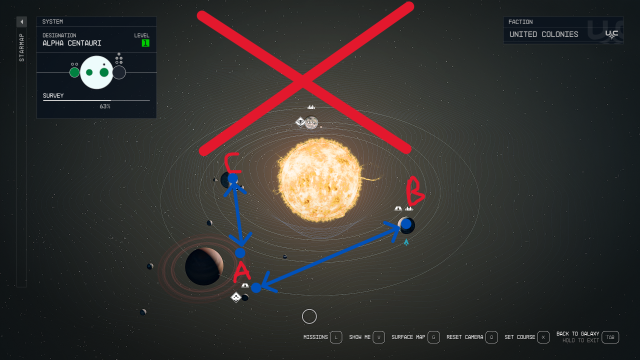
Instead, Connect Outpost C to Outpost B, then build a second Cargo Link at Outpost B and connect that to Outpost A. You’re still using the same amount of Cargo Links (four), but now Outpost A isn’t using up as many slots. The connection here is C to B and B to A, which transitively means that resources from Outpost C are flowing to Outpost A.
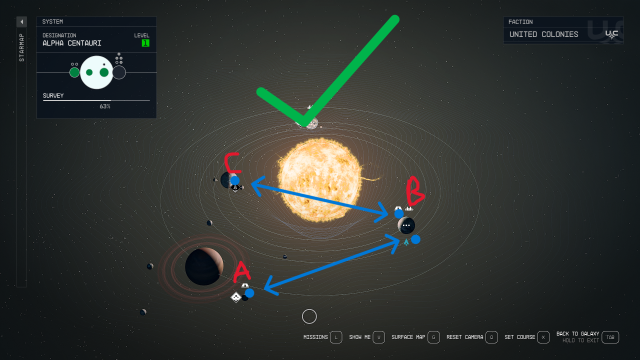
If you now want to add more Outposts to your line, you can do so freely without needing to alter anything. Simply build another Outpost (D), and then build a Cargo Link to link it to C. Now you have D to C, C to B, and B to A—had you done the other method, Outpost D would have meant that Outpost A is now full and cannot be linked anymore, but this way we can continue. Down the line when more Outposts are created, link them directly to the last Outpost in your line.
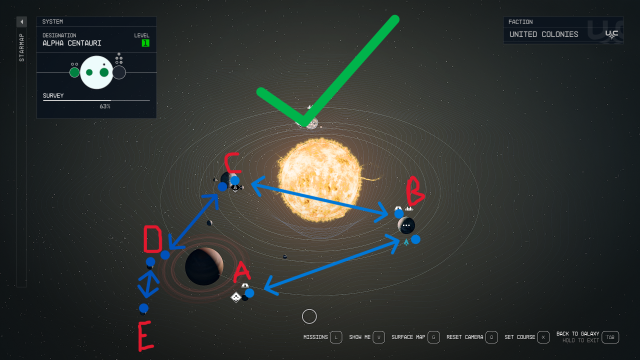
Following this assembly line method, you can have a theoretically unlimited number of Outposts linked together (“theoretically” because there is a maximum number of Outpost Beacons that can be placed—eight without skills, and up to 24 at rank four of the Planetary Habitation Skill). You will of course have to build a LOT of Cargo links, but that is well worth the ability to connect all of your Outposts.
Be aware regular Cargo Links can only link Outposts within the same Star System. However, there is an Inter-System Cargo Link that can be built. You should follow the same linear method of connecting Outposts, and simply switch to an Inter-System link when necessary.
In this case, you could have A-B-C-D—D-C-B-A, where both D’s are connected by an Inter-System Cargo Link.
The Outpost Management Skill can also allow you to place additional Cargo Links at your Outposts, however, I don’t really see a reason for needing this ability other than convenience. So long as you’re willing to be meticulous and calculated about your Outpost Link planning, you can have access to all your resources from all your Outposts in a single stop. The only limitation of this system is that resources flow in only one direction because of the incoming/outgoing differential on Cargo Links, but that is only a minor inconvenience.


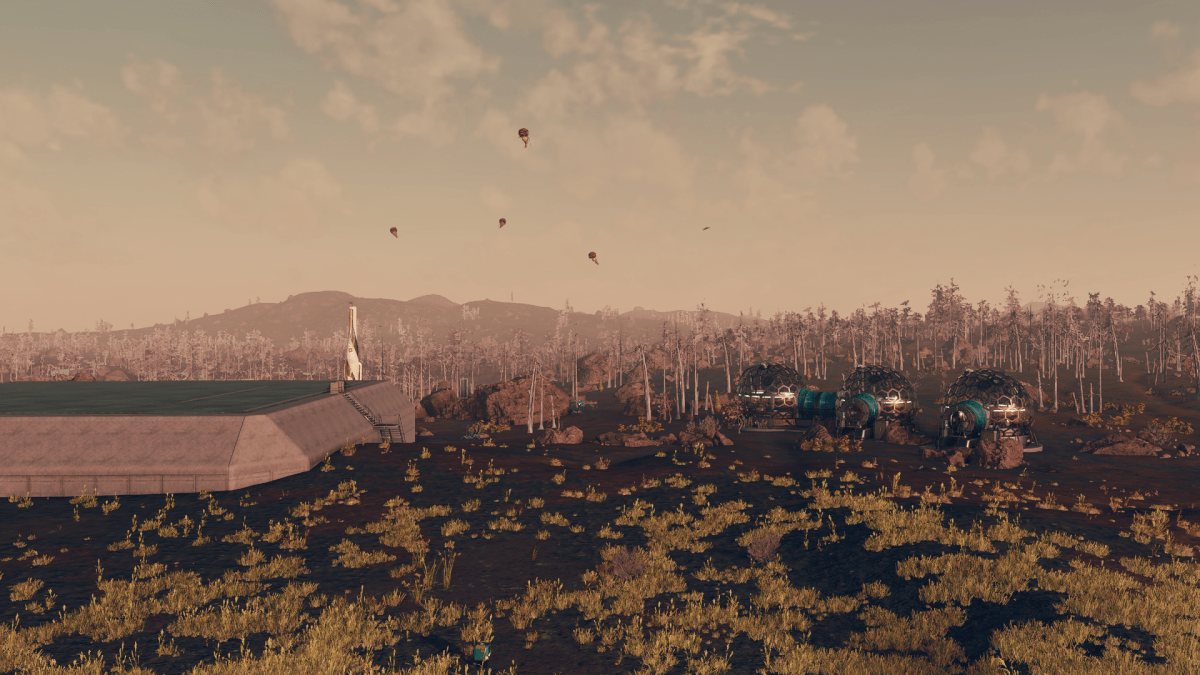
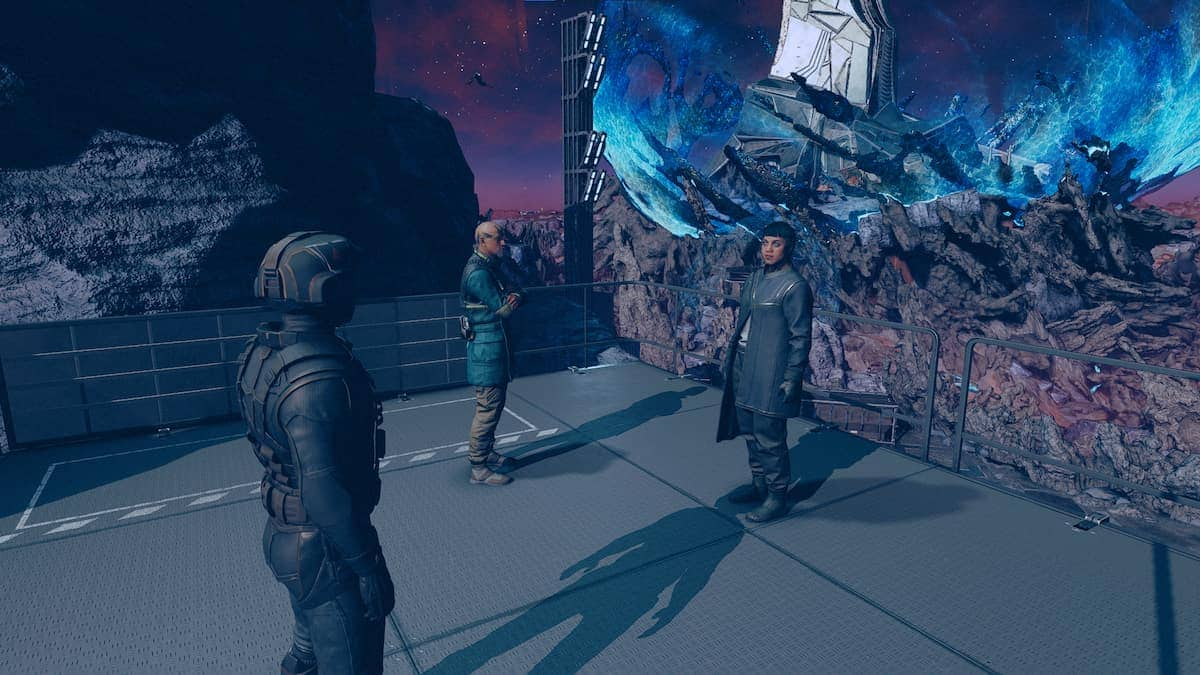

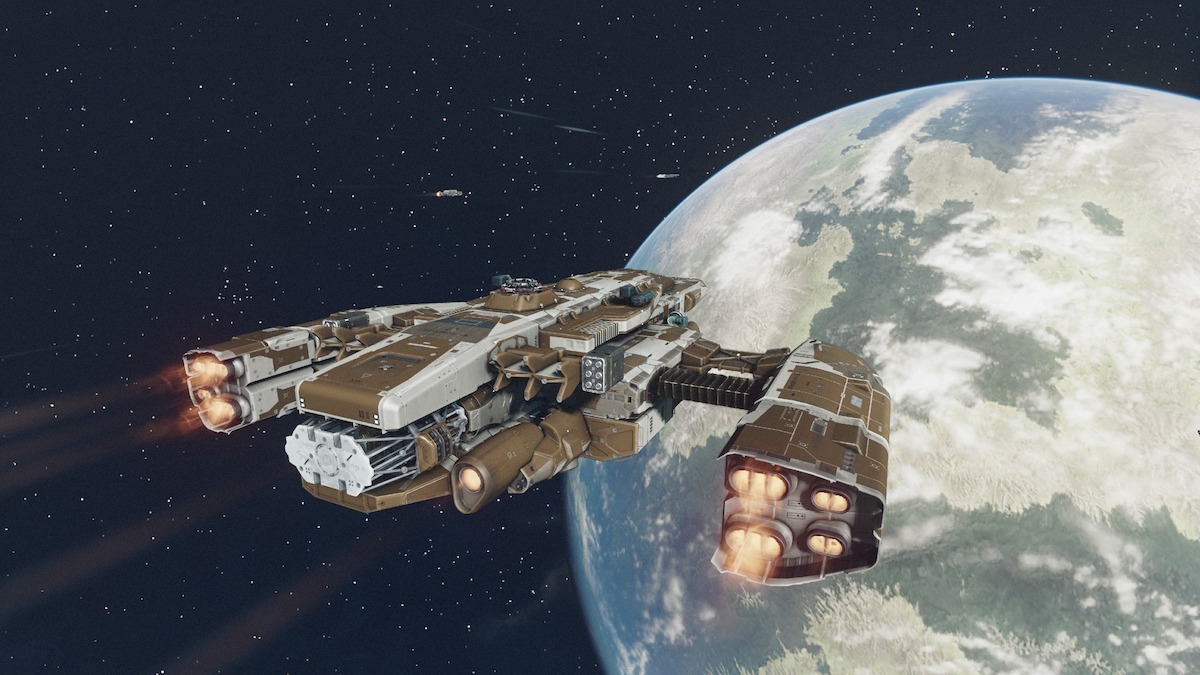

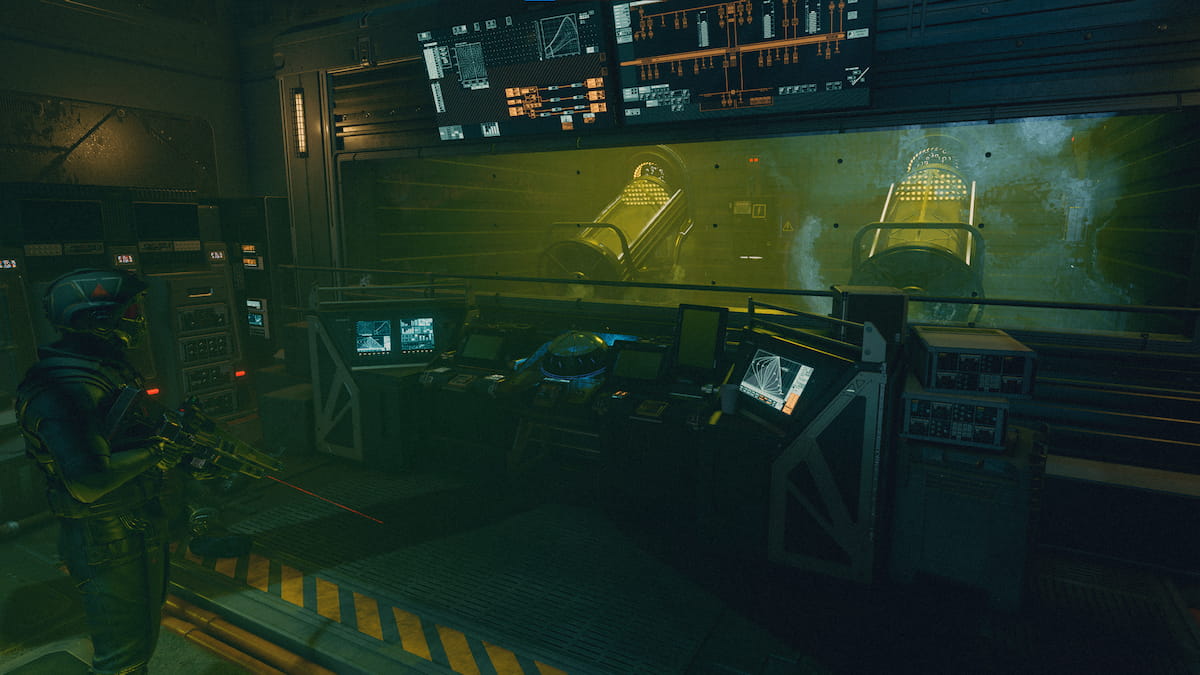


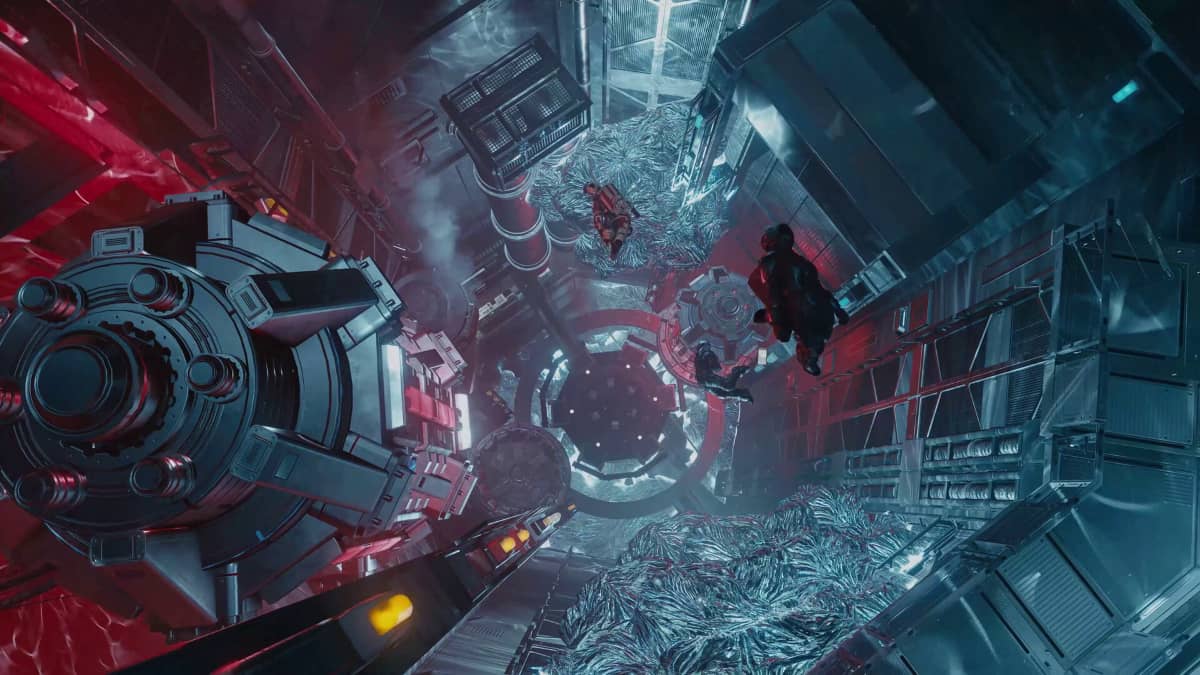


Published: Sep 12, 2023 08:13 pm